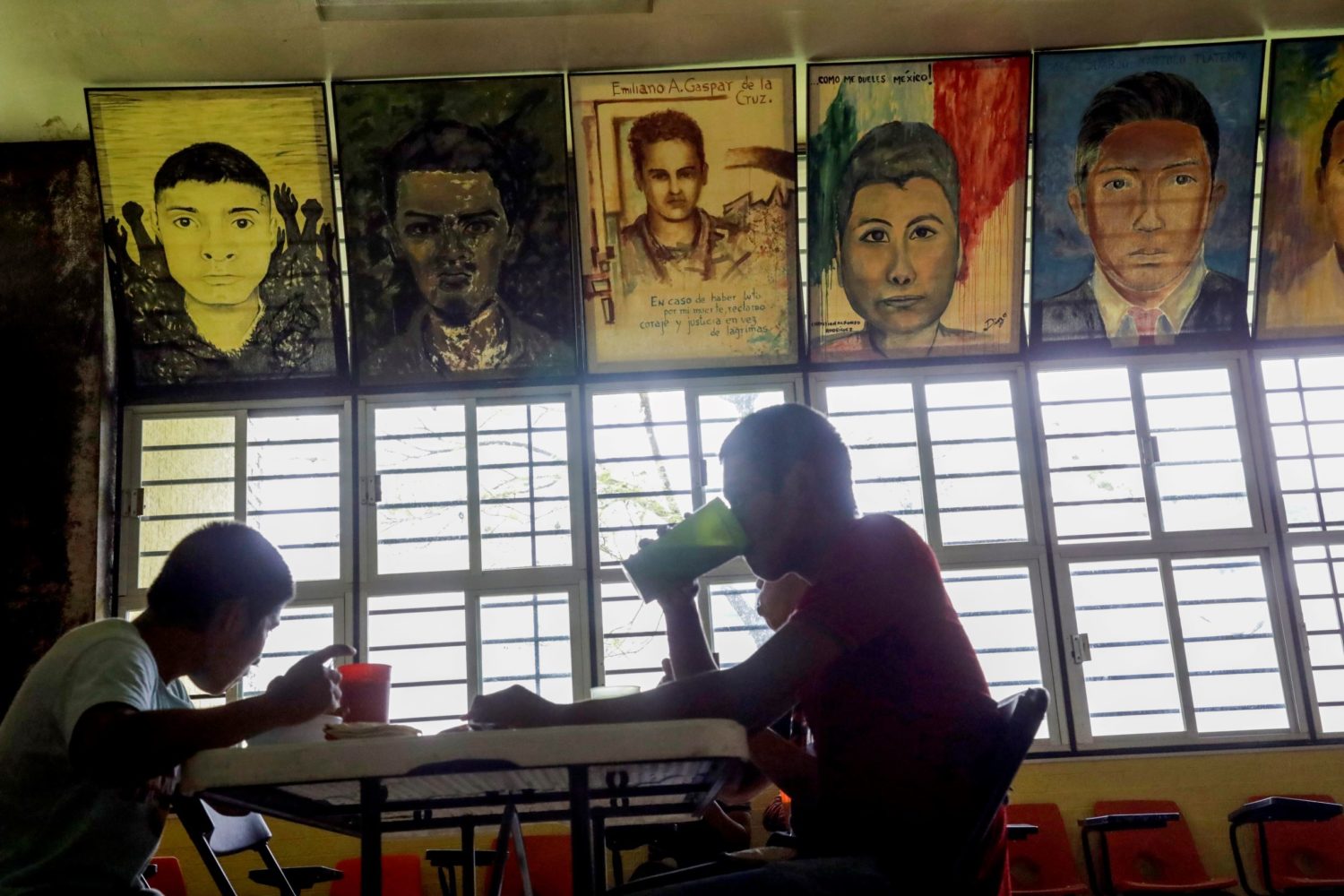
By Andrew Hay
TAOS, N.M. (Reuters) – Five adults charged with abusing 11 children at a New Mexico compound, where they were found ragged and starving, were training those children to use firearms to commit school shootings, prosecutors said in court documents on Wednesday.
The principal suspect, Siraj Ibn Wahhaj, also was charged with abducting his 3-year-old son from his home in Atlanta last December, prompting a cross-country manhunt that led authorities to the compound they raided last Friday north of Taos, New Mexico.
Remains of a young boy believed to be the missing child were found on the property on Monday, on what would have been his fourth birthday, but have not been positively identified, authorities said. The 11 children found alive, ranging in age from 1 to 15 years old, were placed in protective custody.
At an arraignment on Wednesday, Mahhaj and his four co-defendants, Lucas Morton and three women presumed to be the mothers of the 11 surviving children, each pleaded not guilty to 11 counts of felony child abuse. Morton also was charged with harboring a fugitive.
Prosecutors made no mention of motive or ideology in court filings or during court proceedings on Wednesday.
In petitions seeking to detain all five suspects without bail, prosecutors said each was under investigation in the boy’s death.
No weapons charges were filed in the case, but prosecutors said the defendants were suspected of training children “with weapons in furtherance of a conspiracy to commit school shootings.”
Prosecutors said the allegation of weapons training was based on statements from a foster parent for one of the children.
SHOOTING RANGE
Taos County Sheriff Jerry Hogrefe referred over the weekend to the suspects as “extremists of Muslim belief,” but he declined to elaborate when asked about it on Tuesday by reporters.
The women, who appeared in court on Wednesday with white sheets over their heads, were identified as Jany Leveille, Subhannah Wahhaj and Hujrah Wahhaj. One of the men wore a towel over his head in the style of a Mideastern keffiyeh, or headdress.
Hogrefe said on Tuesday that investigators found a shooting range at one end of the squalid compound, situated near the Colorado border.
The sheriff has said he sought a search warrant for the compound after a distress message was passed on to authorities in Georgia and shared with his office. He said the FBI was also investigating.
Wahhaj, 39, whose first name was mistakenly presented in some court documents as Huraj, has been described as being in control of the compound. He was heavily armed when taken into custody, Hogrefe said.
According to court documents, when the children were found they were in rags and appeared to have gone days without food, and loaded firearms were within their reach.
Aleksandar Kostich, a public defender representing the five adults, said the identical wording of the allegations about weapons training in each petition suggested that prosecutors were less than certain about the information they were given.
A man who identified himself to reporters as Gerard Jabril Abdulwali, 64, of Alexandria, Egypt, and the father of Morton, attended the court hearing, during which he shouted, “Allahu Akbar,” Arabic for “God is great.”
He told reporters afterward that was in the United States for medical reasons and had not heard from his son since last year until he received a text message from Morton last Thursday that said “they were starving.”
Abdulwali said his son and the other suspects were “peaceful adult settlers.”
“They were homesteading and were trying to establish a peaceful community, a peaceful life away from society,” he said. “They just went about it the wrong way.”
(Reporting by Andrew Hay in Taos, New Mexico; Additional reporting and writing by Steve Gorman in Los Angeles; Editing by Bill Tarrant, Toni Reinhold)







